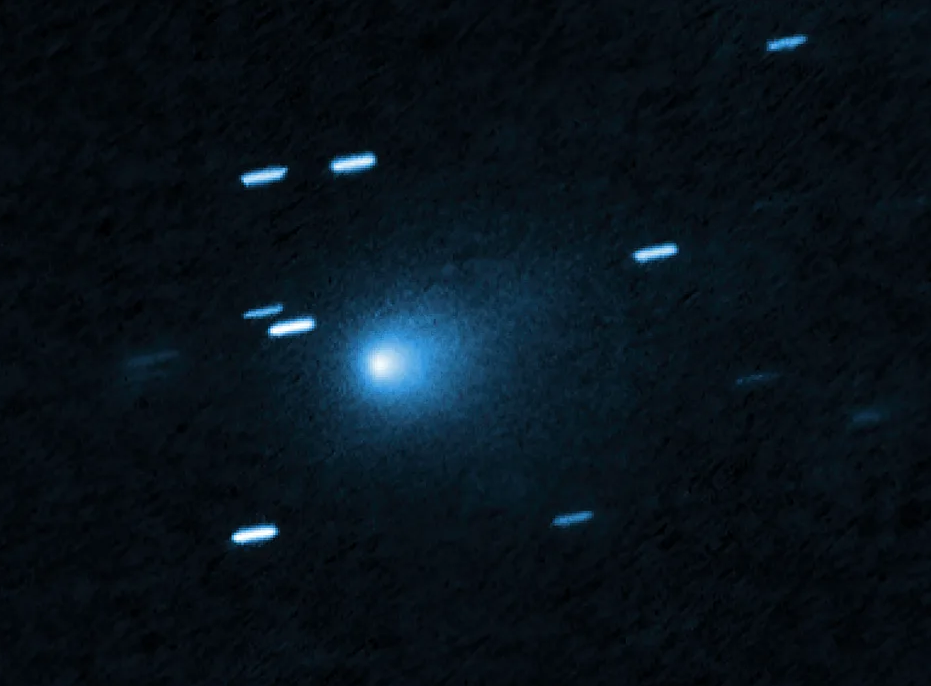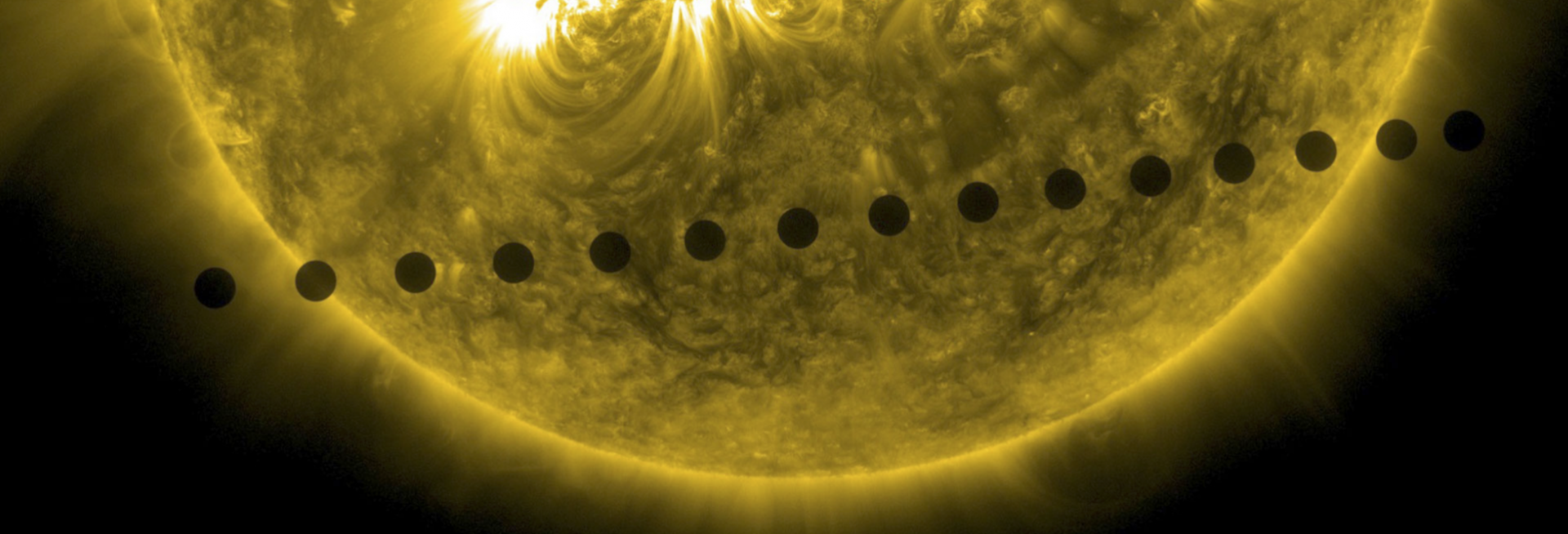Note that other projects targeting exoplanet science are offered by the Atmospheric, Oceanic and Planetary Physics sub-department, and listed on their website.
Galactic explosions and their fallout
Supervisor: Katherine Blundell
Nova explosions occur much more frequently than supernova events and arise as the result of a thermonuclear runaway on the surface of a white dwarf in orbit with a more normal star. Our discovery of jets being ejected at the onset of a nova explosion, which have speeds of a few thousand km/s, suggests an important means by which the inter-stellar medium can be enriched by the products of nucleosynthesis that take place on the surface of the white dwarf. The goal of this doctoral programme is to investigate the mechanisms by which these processes take place, to investigate the nature of the accretion discs that launch the outflows, as well as identify the efficacy of enrichment of the ISM by jets from nova explosions, using time-lapse spectroscopy data from the Global Jet Watch (PI K Blundell; www.GlobalJetWatch.net).
Small worlds from other stars: Interstellar Objects from the Rubin Observatory
Supervisors: Chris Lintott, Michele Bannister (University of Canterbury, NZ)

Interstellar objects — small bodies flung free from distant solar systems, detected on their way through ours — provide a unique opportunity to study the process of planetesimal formation across the galaxy, to test our understanding of the Milky Way’s history and dynamics, and may have played a crucial role in forming the planets. The recent arrival of 3I/ATLAS - the third interstellar object to be detected and likely the oldest thing seen in the solar system - has demonstrated the potential of our Ōtautahi-Oxford model (Lintott et al 2022; Hopkins et al. 2023, 24) to predict the properties of such objects, and to use them to understand the history of the galaxy.
The upcoming Vera Rubin Observatory’s optical LSST survey (first light 2025) and NASA NEOSurveyor infrared space telescope (first light 2027) will provide a rich harvest of such objects. This DPhil provides an opportunity to get involved in all aspects of the study of ISOs, from extending the chemistry and dynamics of our model, to survey simulation and operation, as well as ample observational follow-up with major telescopes including CFHT.
Given that studying ISOs involves understanding the chemical evolution of the Milky Way, planetesimal formation, galactic dynamics and the chemistry and behaviour of small bodies, the project would suit a student with broad interests and a willingness to learn. Travel to New Zealand and to observatories is also a strong possibility.

